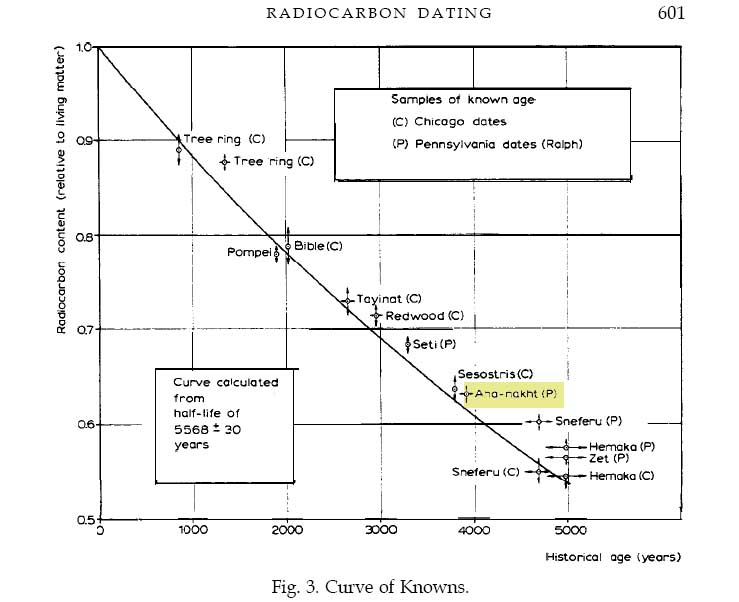![elamtop Proto-Elamite tablet Sb 15083. Image: CDLI]()
New technology has allowed researchers to come closer than ever to cracking the world’s oldest undeciphered writing system.
Researchers from the University of Oxford and the University of Southampton have developed a Reflectance Transformation Imaging (RTI) System for Ancient Documentary Artefacts to capture images of some of the world’s most important historical documents.
![Proto-Elamite tablet Sb 15083 (ca. 3100-2900 BC), Susa. Excavated 1905. Image: CDLI Proto-Elamite tablet Sb 15083 (ca. 3100-2900 BC), Susa. Excavated 1905. Image: CDLI]()
Proto-Elamite tablet Sb 15083 (ca. 3100-2900 BC), Susa. Excavated 1905. Image: CDLI
Script now available online
These images have now been made available online for free public access on the Cuneiform Digital Library Initiative website.
Among the many thousands of documents are manuscripts written in the so-called proto-Elamite writing system used in ancient Iran from 3,200 to 3,000 BC and the oldest undeciphered writing system currently known.
By viewing extremely high quality images of these documents, and by sharing them with a community of scholars worldwide, the Oxford University team hope to crack the code once and for all.
Although proto-Elamite was borrowed from Mesopotamian systems, its ancient scribes devised their own symbols that have made it impossible to read.
There also have been no bilingual texts to use for comparison nor any lists of symbols or primers to use as a reference. In addition, scholars don’t know how the language was spoken and thus lack phonetic clues that might have helped their work.
Dr Jacob Dahl, a co-leader of the Cuneiform Digital Library Initiative and a member of Oxford University’s Faculty of Oriental Studies, said: ‘I have spent the last ten years trying to decipher the proto-Elamite writing system and, with this new technology, I think we are finally on the point of making a breakthrough.
‘The quality of the images captured is incredible, and it is important to remember that you cannot decipher a writing system without having reliable images because you will, for example, overlook differences barely visible to the naked eye which may have meaning. Consider for example not being able to distinguish the letter i from the letter t.’
New technologies allow further study
The reflectance transformation imaging technology system designed by staff in the Archaeological Computing Research Group and Electronics and Computer Science at the University of Southampton comprises a dome with 76 lights and a camera positioned at the top of the dome. The manuscript is placed in the centre of the dome, whereafter 76 photos are taken each with one of the 76 lights individually lit. In post-processing the 76 images are joined so that the researcher can move the light across the surface of the digital image and use the difference between light and shadow to highlight never-before-seen details.
![RTI system and (right) tablet beneath the dome. Image: University of Oxford RTI system and (right) tablet beneath the dome. Image: University of Oxford]()
RTI system and (right) tablet beneath the dome. Image: University of Oxford
Potential to transform how we understand early writing
Dr Dahl believes this writing system might be even more interesting than previously thought. He said: ‘Looking at contemporary and later writing systems, we would expect to see proto-Elamite use only symbols to represent things, but we think they also used a syllabary – for example ‘cat’ would not be represented by a symbol depicting the animal but by symbols for the otherwise unrelated words ‘ca’ and ‘at’.
‘Half of the signs used in this way seem to have been invented ex novo for the sounds they represent – if this turns out to be the case, it would transform fundamentally how we understand early writing where phonetecism is believed to have been developed through the so-called rebus principle (a modern example would be for example “I see you”, written with the three signs ‘eye’, the ‘sea’, and a ‘ewe’).’
![Proto-Elamite tablet script. Image: University of Oxford Proto-Elamite tablet script. Image: University of Oxford]()
Proto-Elamite tablet script. Image: University of Oxford
Some features of the writing system are already known. The scribes had loaned – or potentially shared – some signs from/with Mesopotamia, such as the numerical signs and their systems and signs for objects like sheep, goats, cereals and some others. Nevertheless, 80-90% of the signs remain undeciphered.
The writing system died out after only a couple centuries. Dr Dahl said: ‘It was used in administration and for agricultural records but it was not used in schools – the lack of a scholarly tradition meant that a lot of mistakes were made and the writing system may eventually have become useless as an administrative system. Eventually, the system was abandoned after some two hundred years.’
Source: University of Oxford
More Information
![Get the best with Past Horizons]()
For Archaeology News – Archaeology Research – Archaeology Press Releases





















![Robert Priest - People Like You and Me (2024) [Hi-Res]](http://www.dibpic.com/uploads/posts/2025-07/1751805912_lhttl01vuwv8a_600.jpg)





